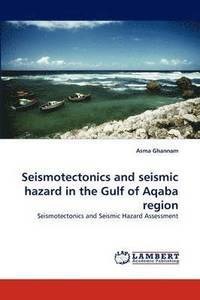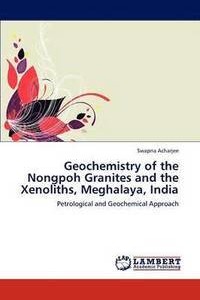
Liknande böcker
Centrifuge Modelling of the Salt Range and the Potwar Plateau-Pakistan : Contrasting Deformation Styles both along and across the Strike
Bok av Shah Faisal
The northward movement of the Indo-Pakistan plate consumed the Neo-Tethys Ocean. As a result the Indo- Pakistan plate collided with Eurasian plate. During this convergence the Himalayan fold-thrust belt developed due to tectonic loading and thrusting. The Salt Range and the Potwar Plateau (SR/PP) comprise of an east-west trending fold-belt, located in the western deformed portion of the Himalayan fold- thrust belt, N. Pakistan. This research investigate the structural evolution of the SR/PP by analog scale modelling using the centrifuge technique. The foreland sequence of the SR/PP is constructed of layers of plasticine and silicone putty of controlled thickness ratios, and shortened horizontally to replicate the initiation and progressive growth of folds and thrust faults in the study area. The main aim of this research is to resolve the controversy of variation in the structural styles in the SR/PP. This study will also expand the understanding of the structural style in the SR/PP by documenting the progressive evolution of geological structures that develop in centrifuge models and comparing these with the prototype (SR/PP).







